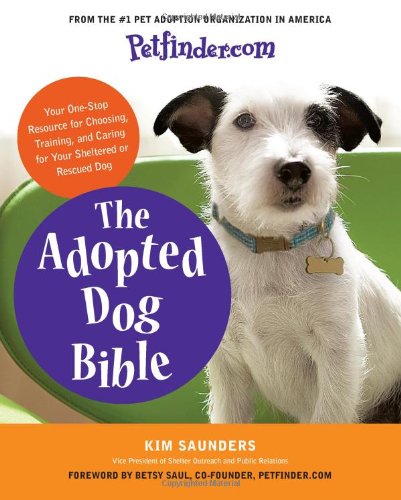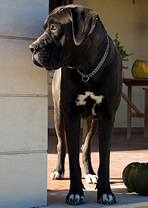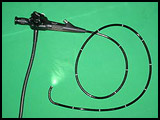

You’ve gotten your first dog and you can’t wait to have fun with her. But you quickly realize she doesn’t already to the things you pictured she would already know: sit, come, rollover…etc.
THE most important dog training advice you’ll ever get is: persistently train your dog. No matter how young, old, active, stubborn, or adorable your pup is, you must train her. You’ll learn that it’s not just about obedience, but about building a trusting and respectful relationship between owners and their dogs.
Here are some things to consider when selecting a training program:
Training Class or Private Trainer
Depending on your location, there could be a both puppy/dog training classes and private trainers available to work with your dog. With the group training classes, your dog will get to socialize with others before, during breaks, and after the training session. This is especially beneficial for dogs who are shy or overly aggressive dogs since it is typically in an enclosed area with trained supervisors to monitor the play. The group training also allows the trainer to comment on various issues that come up with each dog so you get exposure to many pieces of dog training advice in the one class. The main challenge with the class is if the class size is too large (more than 6 dogs per trainer), you will not get much individualized attention for your dog, especially if the other dogs are more challenging to work with.
The private trainer is an excellent way to get dog obedience training advice. He will be able to observe various behaviors and provide a faster paced training curriculum or your dog than a group class. Additionally, your dog will get immediate corrections to behavior and you’ll be able to ask questions such as the best collar to get for leash training throughout the session. There are also private trainers that will board your dog for a couple weeks and work with them without the owner. This works well for busy dog owners because the dogs get the attention and dog training they need while you get to focus on work and at the end you’ll get a well trained dog (of course you’ll have to follow through on the techniques afterwards).
Selecting the Right Trainers
There are generally two types of trainers: those that take a positive only approach to behavior reinforcement and those that immediately correct inappropriate behavior. By researching the trainers, you’ll quickly learn from the website description of the training approach which category the trainer falls into. Trainers who only take a positive approach recommend ignoring bad behavior and rewarding good dog behavior. This can work for those that don’t have significant bad behavior (biting, starting fights, excessive whining). Trainers who take the corrective action to bad behavior believe it’s crucial to address the negative behavior immediately so the dog learns it’ not OK right off the bat. For example, if your dog bites you, you immediately say ‘no bite’ and then if it continues, you may then firmly hold his muzzle shut for 10 seconds repeating no bite. If your trainer only believed in the positive reinforcement training, they would just allow the biting and ignore the behavior, which they assume will disappear when it doesn’t receive positive recognition.
As a dog owner, it’s important to trust your dog trainer. So do research, read the dog trainer’s website. Ask other dog owners where they get training. Read reviews online or ask owners who they would recommend. Don’t feel like you have to stick with one trainer if you don’t agree with their methods. If you're in San Francisco, we highly recommend Mike Wombacher. He also has a book that covers all the topics from his class: There's a Puppy in the House.
Challenges with Do It Yourself
While you might thing doing it yourself is cheaper and requires less time (no commute to a class), you might actually spend more time coming up with your own structured training program and hurting your dog if you administer a training method the wrong way. Of course you can read books from the library, watch videos on youtube, and watch every episode of the Dog Whisperer on TV, but the moment you try to apply these techniques, you’ll have many questions that come to mind and even give up when something isn’t working.
The structured training program of a puppy class or dog trainer doesn’t only give you techniques to use, they also know a lot about animal behavior. They can instantly diagnose why something isn’t working or how a technique could be improved by tweaking what you’re doing. You’ll find the rewards of a trainer far exceeds that of any book you read or video you watch. The immediate feedback you get is priceless.
If you're starting to leash train your dog, make sure you consider the pinch collar.
 Symptoms of Diabetes in Dogs
Diabetes is a common health problem in dogs.&n
Symptoms of Diabetes in Dogs
Diabetes is a common health problem in dogs.&n
 Do You Deserve Your Dog?
Credit: sixninepix
Do You Deserve Your Dog?
Credit: sixninepix
 Cane Corso Breeder Interview Breeder Interview: Virginia Dunn Discusses The Great Italian Mastiff
Cane Corso Breeder Interview
The Dog Guide is pleased to p
Cane Corso Breeder Interview Breeder Interview: Virginia Dunn Discusses The Great Italian Mastiff
Cane Corso Breeder Interview
The Dog Guide is pleased to p
 Dogs Cats and Endoscopy
Dogs Cats and Endoscopy
Dogs Cats and Endoscopy
Dogs Cats and Endoscopy
 Canine Nutrition and Wellness Part 1: Choosing the Right Commercial Food for Your Dogs
Our canine friends love to e
Canine Nutrition and Wellness Part 1: Choosing the Right Commercial Food for Your Dogs
Our canine friends love to e
Copyright © 2005-2016 Pet Information All Rights Reserved
Contact us: www162date@outlook.com